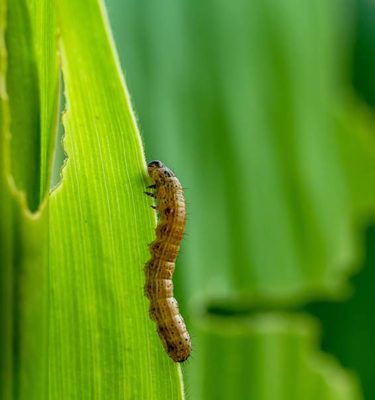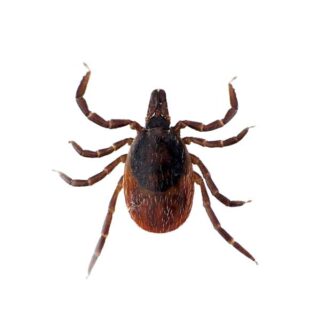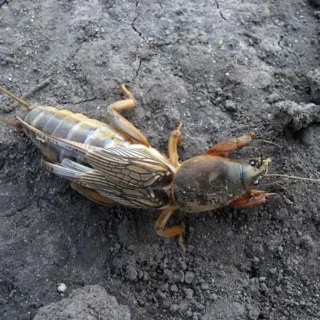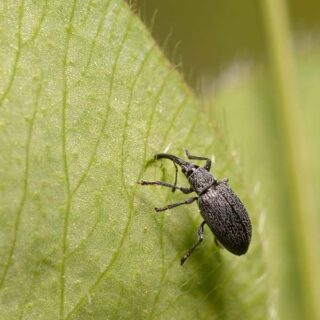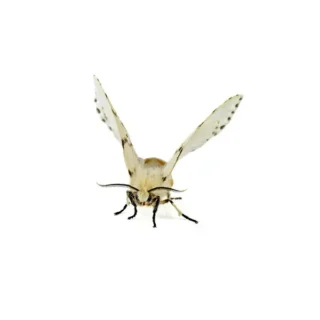Fall Armyworms in Jacksonville FL
Fall armyworms will generally start to appear in August and September around Jacksonville FL. The more rainfall in the summer, the more of these pests you can expect to see. One of the more interesting features of the fall armyworm is their collective eating habits: these caterpillars swarm together in large numbers to consume all kinds of plant life in their way. This extends to Bermudagrass, fescue, corn, rice, small grain crops, and more plant species.
Fall Armyworm Habitat
Fall armyworms live in and near turfgrass, various kinds of landscape plants, and agricultural fields. Larvae are born above ground in large clusters of hundreds of eggs. They spend about 2-3 weeks feeding on their egg mass remains and the plant that they were born on until they are ready to burrow into the ground to pupate. They emerge in the late summer or early fall to venture further out and find new places to feed and new plants upon which to rear a new generation.
Fall Armyworm, Threats, & Dangers
Fall armyworms are some of the least picky pests around. These caterpillars will eat any part of the plants that they find suitable, causing a serious economic threat in agricultural fields and cosmetic destruction of landscape plants and lawns. Fall armyworms have lots of natural predators, including wasps, ground beetles, birds, skunks, and rodents, and the weather conditions in their area also greatly contribute to the regulation of their population. They also do not pose a medical threat to humans.
If you are dealing with a fall armyworm issue on your property, contact your local pest control experts.
Need help with Fall Armyworm control?
Leave your information below and we’ll be in touch with a FREE quote!
"*" indicates required fields
*During normal business hours. After hours calls will be returned the next business day.

